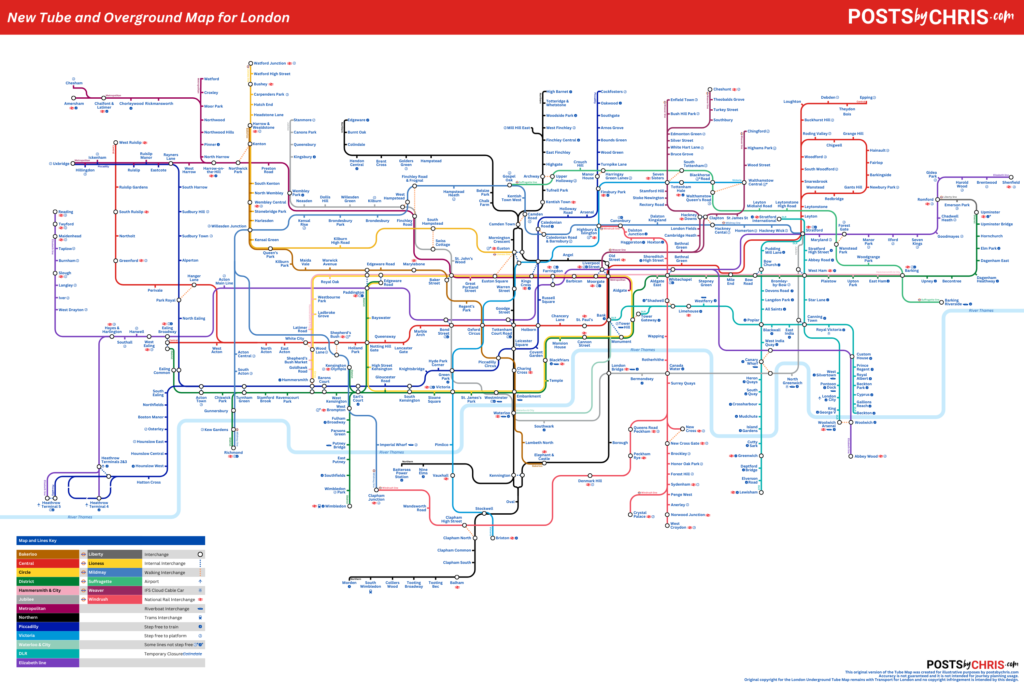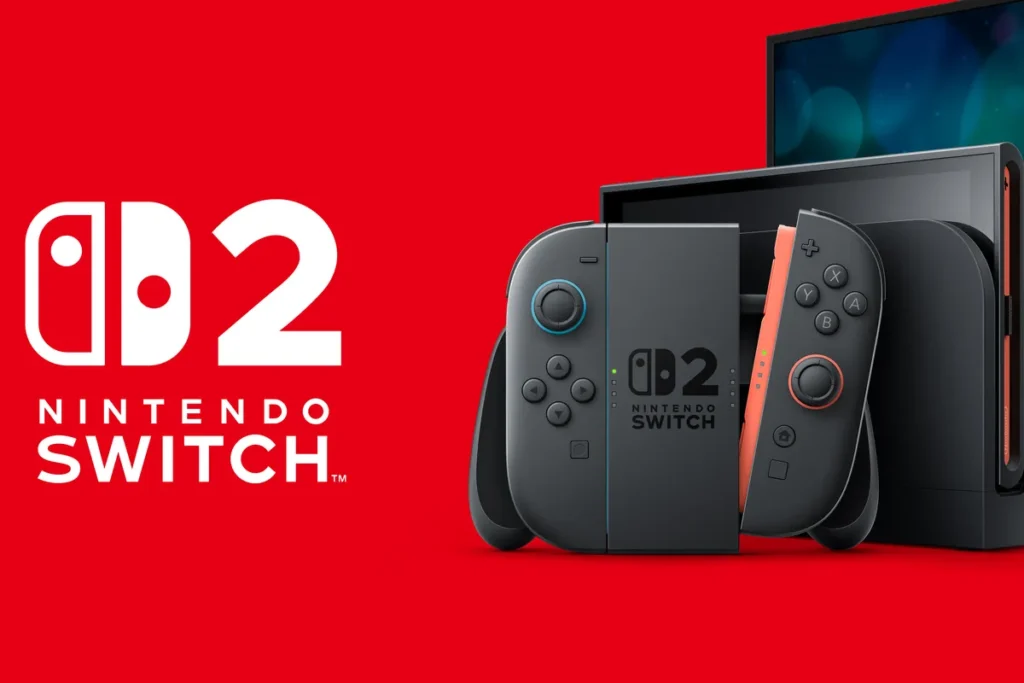| Game | Cities: Skylines 2 |
| Developer | Colossal Order/Paradox International |
| Platform(s) | PC (Now) Playstation 5 (Spring 2024) XBox Series X (Spring 2024) Update – as of November 2024 there is still no confirmed release for console |
| Release Date | October 24th 2023 (PC) |
| Players | 1 |
Foundation blocks
It’s not often that I get really excited for a new game release these days. Gone are the days of hoarding every copy of Official Nintendo Magazine and poring over all of the game previews and reviews for all of the minute details… heck, come to think of it, I think that was back in the pre-Nintendo DS days. Anyway, I shouldn’t get sidetracked – some games can still peak my interest and Cities: Skylines 2 was one of ones to do so in 2023.
The story starts a little earlier than that though. Back in 2018, I stumbled upon a YouTube channel by a British chap named Biffa, who was playing a game I’d never heard of before called Cities: Skylines. I distinctly remember it being one of those late night doom scrolls that led me to his video. Instantly I was intrigued. I’ve loved strategic planning games since playing Theme Park on the Nintendo DS back in 2007, and this looked right up my ally. Unfortunately at the time I was stuck with the Nintendo Switch being my most powerful home games console but nonetheless I downloaded the game immediately. Many, many hours of gameplay later and I was hooked but over time became irritated by the limitations of the handheld version and sprung for the PC version as soon as I had a capable PC.
Six years of happy gameplay later however, I’m ready for something new. Skylines was and remains a favorite game of mine but it was clear that there was room for improvement. The core game lacked features that were desirable and you really had to rely heavily on the modding community to get the most out of your experience. When Cities: Skylines 2 was announced in March, I knew it would be a must play for me.
So what is Cities: Skylines 2?
You are, essentially, a person who wears many hats. Mayor, city planner, traffic engineer and more. Your job is to both figuratively and literally build a city from the ground up. You start with a highway intersection leading into your first tile of land and… that’s it.
Your role is to place roads, zone areas for housing or commercial units, build schools, build transportation networks (and more) all with the aim of growing your city population, making some money and of course keeping your citizens happy. You also have the ability to implement policies, taxes and to tweak budgets for various services to impact their efficiency. If you like having the ability to control minute details, you’ll love this.
One of the most freeing aspects of the Cities franchise is the ability to pick a “blank slate” from one of several base maps and literally create whatever your mind can imagine. You want to build a 6 lane highway that intersects with five others in your downtown core? You got it. Want to place a cemetery in the back yard of your high school? Why not. With the ability to terraform landscapes you can also tweak the prebuilt maps in order to better serve your vision.
There are two main gameplay modes available. Standard gameplay allows you to start with a limited budget and amount of land and work your way up – earning money and growing your population allows you to purchase more land and achieve milestones. More land allows you to expand and make more money. More money allows you to expand etc. Hitting milestones opens up better road options, your transportation networks, different types of housing etc. In practice this means that you’re rather limited in your options early on, but the more that you play the more you’ll be able to see your vision come to fruition.
The other gameplay mode is to start with unlimited money, essentially allowing you to unlock vast amounts of land and build all kinds of infrastructure from the get go. I’ll be honest, this is normally how I play. I enjoy the idea of progression but have always enjoyed having the ability to just knuckle down and start placing roads from the second I create a new city and being able to plan out things like a cohesive railway and metro network prior to placing buildings is beneficial (otherwise I end up just demolishing half of my work anyway).
What they got right
Off the bat, this is a very different game. The tutorial is far more in depth than the first game and really holds your hand for the first 30 minutes or so of gameplay. Once it’s done with the main points, you’ll still get useful prompts now and then (such as if your power grid is overloaded). There are many subtle changes from the first game, so having a rundown on how things like power and water work now was very welcome.
One of the first major changes you’ll find is when it comes to road networks – the tool has been completely reworked. You still have a selection of small, medium and large roads but not you can do things you wouldn’t have been able to in the original game such as:
- Intersections can now be created at pretty much any angle and with many different roads joining them
- Roundabouts can now easily be placed in the base game, no mods required
- Sunken roads/highways can easily be made by setting your elevation to -10
- Elevated roads/train tracks can be added above virtually any existing road by just setting the elevation to +10 or above
- Tram and Bus Lanes can now be added to your existing road instead of needing to switch out for a different road type
Thinking of road improvements, there are also some real quality of life improvements when it comes to power and sewage networks. Gone are the days of having to sling power lines across neighbourhoods (except in limited scenarios) and no longer do you have to run water pipes all over your city – they are now all part of the new road networks (with the exception of highways). On the subject of power and water, it’s also now much harder to not meet supply thanks to the ability to import (and export) those services from outside of your city.
What still needs work
Well, I can’t really write about this game without mentioning the hardware requirements. Initially the game was presented as needing pretty middle-of-the-road specs in order to run well, however close to release review after review began pouring in claiming pretty mediocre gameplay with the recommended specs. Many people reported obtaining low framerates even with high-end hardware. This wouldn’t have been a significant problem but for the fact that console support has now been delayed and a launch on the PlayStation 5 and XBox Series X is not expected until Spring 2024. One potential workaround is using a cloud service such as Nvidea GeForce Now, however I’ve found that isn’t a perfect solution either – on the mid tier package I’ve found the game really begins to have a hard time around 50,000 citizens with the game running at about 4 in game minutes to every real world minute even at the highest simulation speed.
Speaking of simulation – I’ve been having some issues with zoning demand – the little bars that tell you what your city is calling out for. In my city, low-density residential has been in huge demand since the moment I started the game. 50%+ of my utilized map space is currently taken up with low-density residential. It doesn’t seem to matter how many more streets I create and zone immediately to low-density residential, the demand never drops. This wouldn’t be a huge dealbreaker for me if the low-density residential buildings didn’t all look the exact same as one another – plus, with the game now having more realistic population-to-address levels, building a new residential unit only houses 2-3 more people, leaving actual growth very slow.
Another big concern is mod support – the original game had a large community of modders who built some must-have mods (such as TMPE, Roundabout Builder and Intersection Marking Tool) and the game honestly wouldn’t have been the same without them. These mods were offered via the Steam Workshop. Cities: Skylines 2 will have mod support in the future throughb a new mod system build by Colossal Order themselves but will no longer offer support for the Steam Workshop – a significant and controversial change. Colossal Order state that this is to allow mods to built for cross-platform gamers but some might argue that they are stifling innovation in doing so.
Conclusion
Listen, I’ll be honest, Cities: Skylines 2 is good fun – but right now, it’s fun with a twinge of frustration. Most computers in peoples hands right now just aren’t powerful enough to run the game well. Heck, mine wasn’t! I had to resort to running it through a paid subscription to NVidea GForce Now for crying out loud. To get this game to where it needs to be, a huge focus needs to be put into improving the games performance on PC and releasing the dang console version. Finally, they need to step up the work on the mods system – mods made Cities 1 the behemoth that it is today, and will make or break this new game.






[…] Update:I went ahead and tried making my own Tube map! You can take a look and read my thoughts…